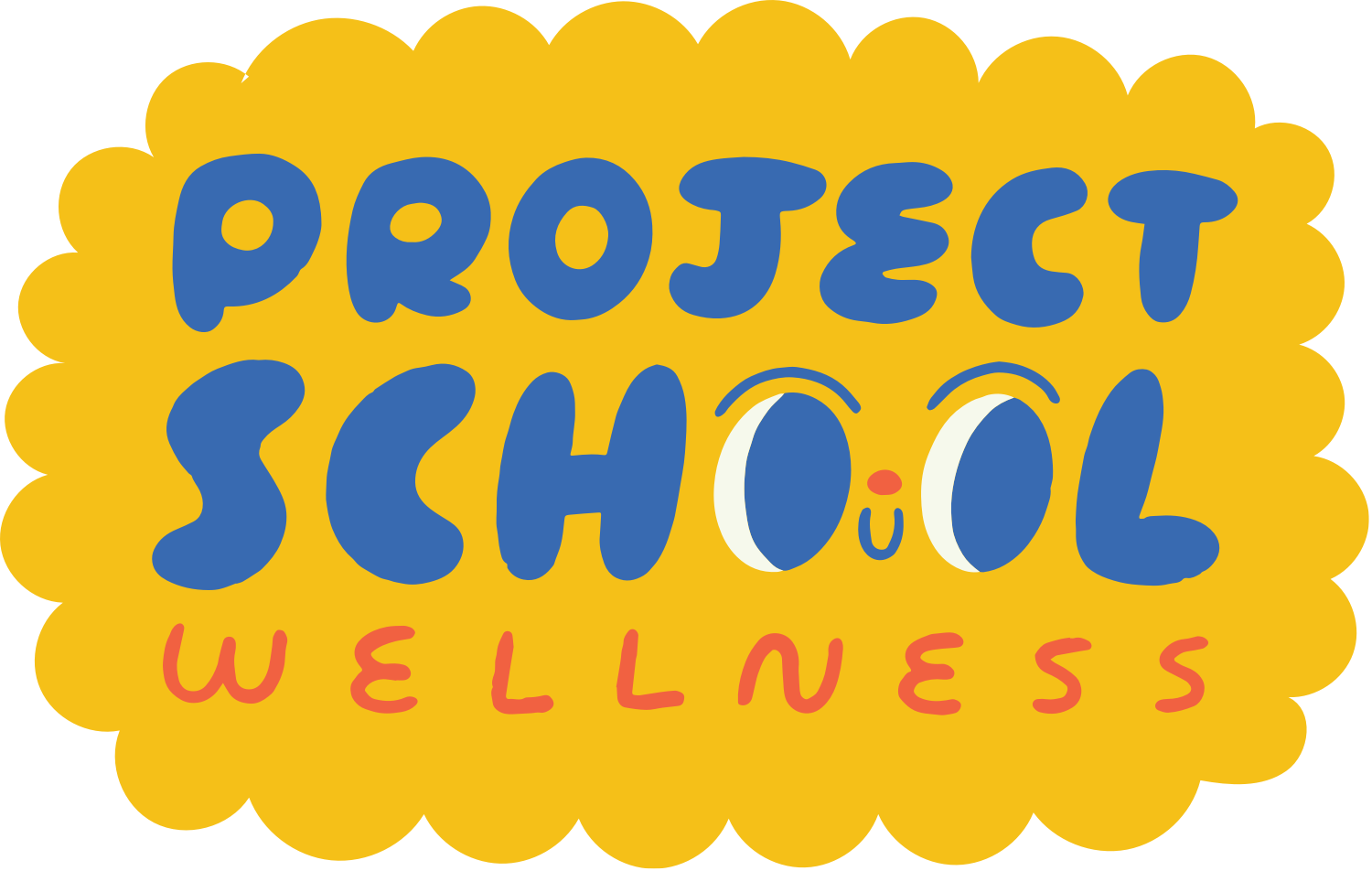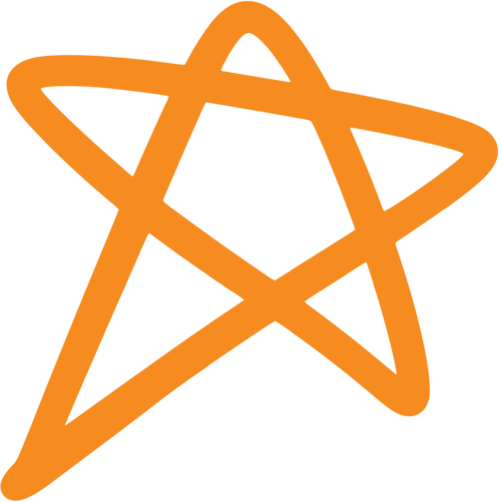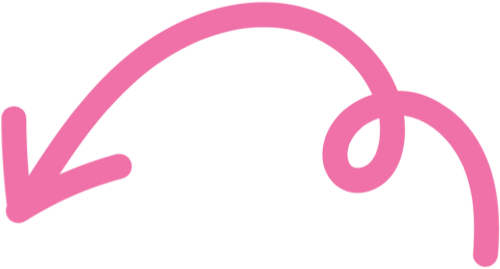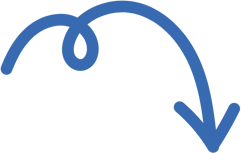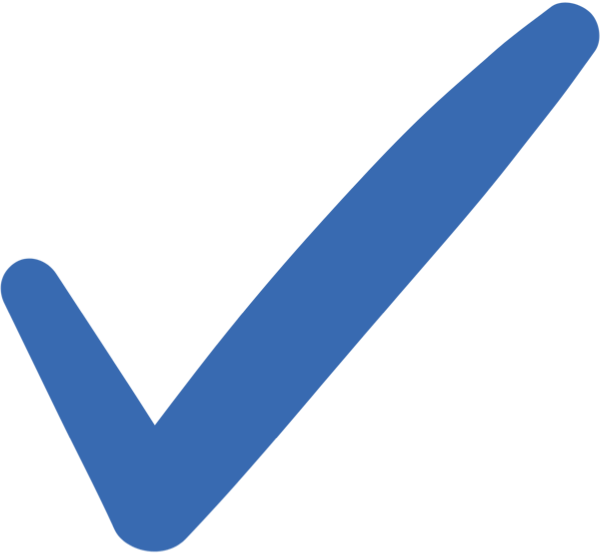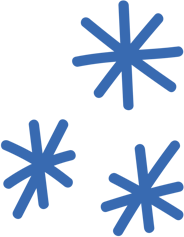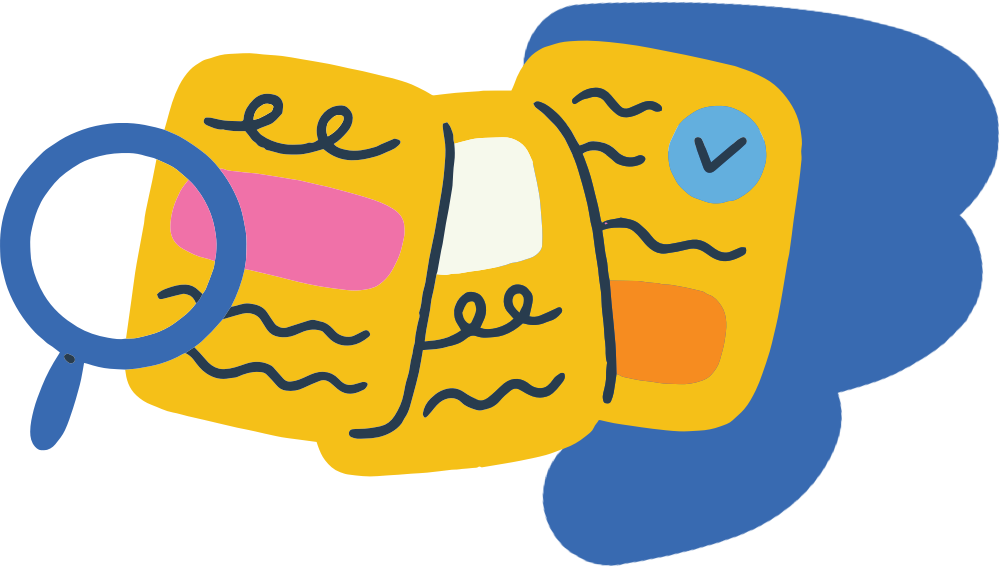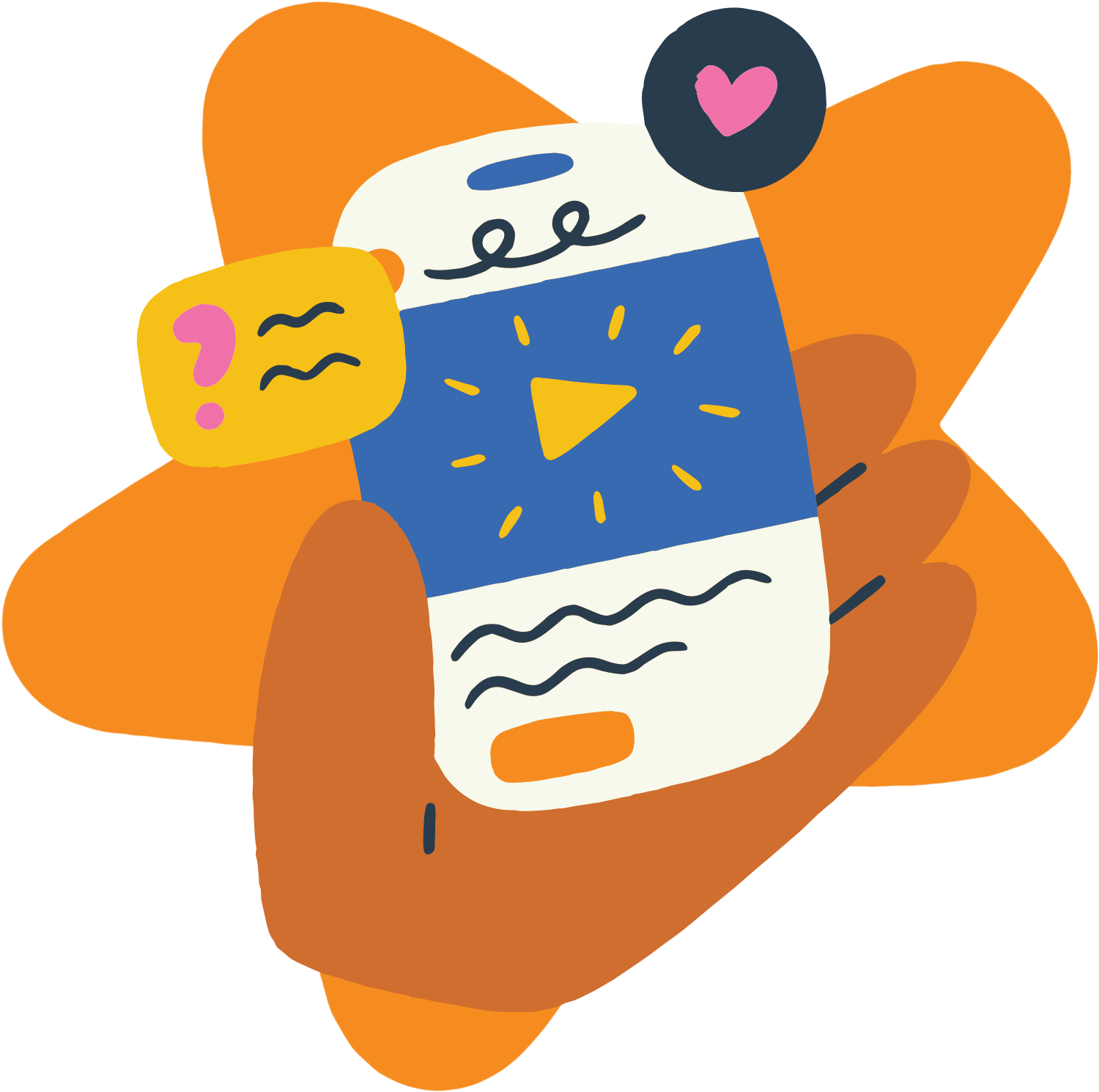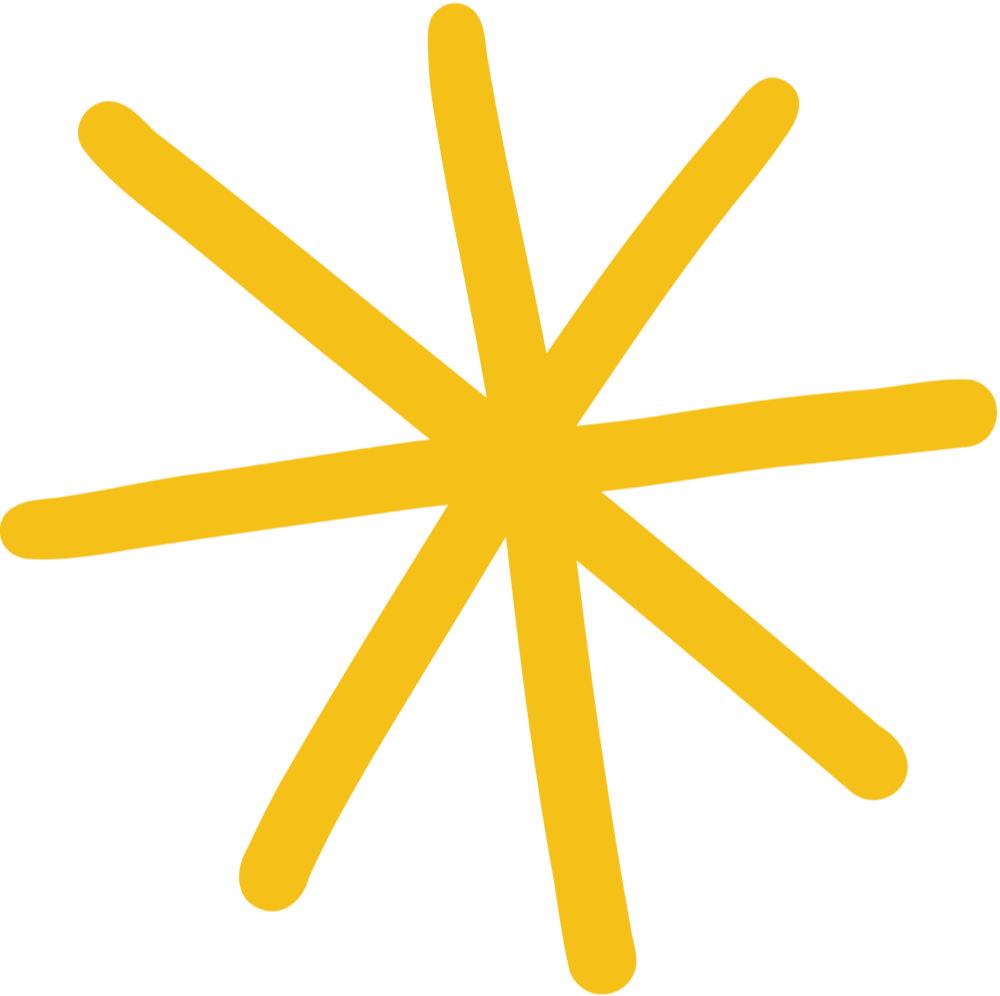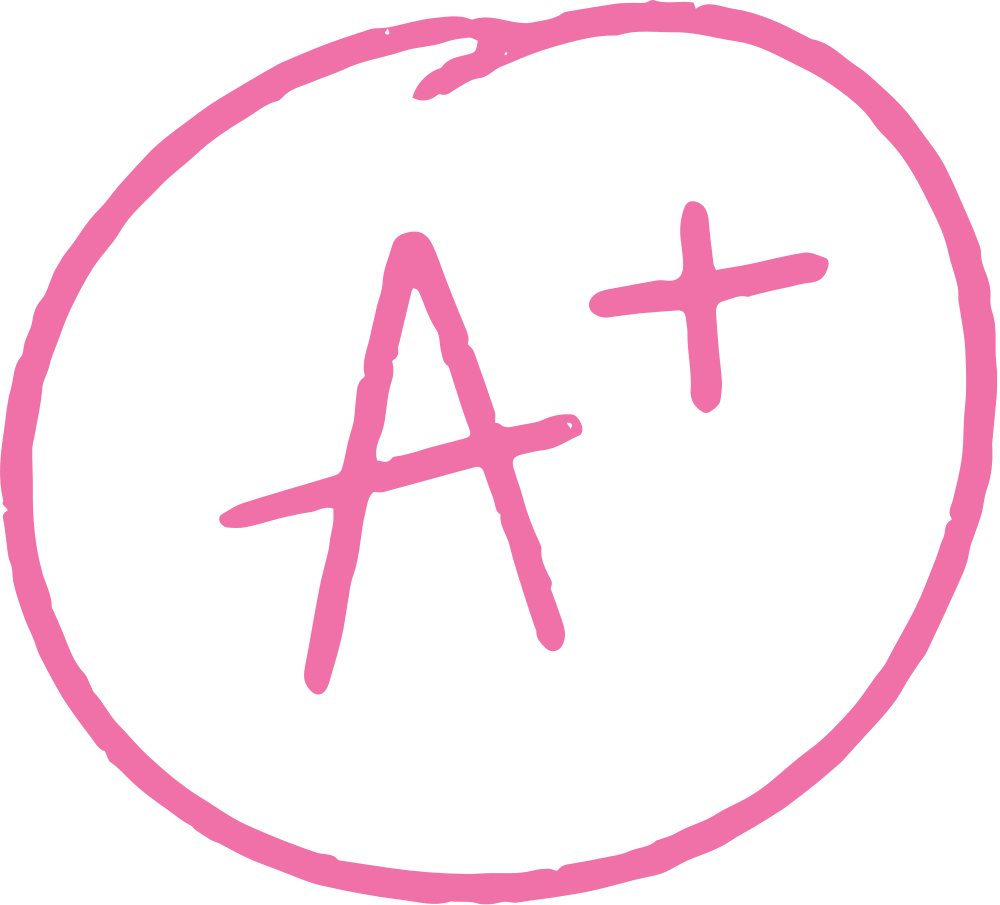
HOW TO TEACH THE SHAPE AMERICA STANDARDS & HEALTH SKILLS
Self-Management
Standard #7: Demonstrate practices and behaviors to support health and well-being of self and others.
Easy Health Teaching Ideas

Start Here
This is your teaching guide for the SHAPE America Standards and the health skill of self-management (Standard #7). It breaks down the health skill and introduces the signature Project School Wellness skill cues: Pause, Reflect Internally, and Act Intentionally. Inside this guide, health teachers will find a definition of the skill, grade-level learning progression examples, and standards-based assessment ideas to support effective, skills-based instruction.
Table of Contents
AN INTRODUCTION TO Self-management
National Health Education Standard #7: Self-management
Let’s Explore
What is the Health Skill of Self-Management?
As one of the eight essential health skills in the SHAPE America National Health Education Standards, Self-Management is a core component of effective health education and is critical to promoting health literacy. This health skill teaches students how to take intentional actions that support their physical, mental, and social well-being. It helps students develop the habits, routines, and personal responsibility needed to manage stress, make healthy choices, and care for themselves across all dimensions of health.
Why It Matters?
Self-management is the ultimate goal of health education.
The real power of health education is giving students the tools to take ownership of their well-being, on their own, in real life, every day.
It connects to every other health skill.
The process of Pause, Reflect, and Act can be used alongside all the other health skills, helping students apply what they learn in a thoughtful, consistent way.
Healthy habits shape lifelong well-being.
From sleep and nutrition to emotional regulation and stress management, self-management teaches students how to build habits that support their health today and in the future.
The Skill Cues for Self-Management
How to Practice Self-Management Behaviors
-

Pause
First, take a moment to breathe and create space for intentional action, rather than simply acting on autopilot.
-
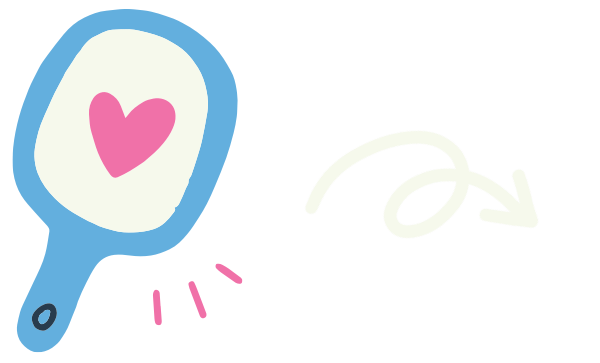
Reflect Internally
Next, reflect inward and determine what’s going on internally.
-

Act Intentionally
Once you’ve reflected inward, make a decision on how you will act.
Health Skill Cues Video
How to Teach the Skill of Self-Management
Step 1
Introduce the Health Skill
Step 2
Practice the Health Skill Cues
Step 3
Apply the Health Skill to Real Life
K-12 Learning Progression Examples for Health Teachers
Self-Management Teaching Ideas
-
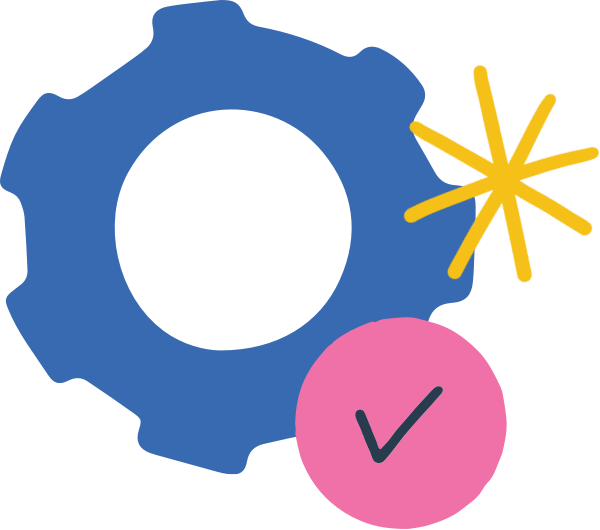
Learning Objectives
Standards-aligned learning objectives focused on building health skill proficiency and strengthening students’ health literacy through real-world application.
✅ Students can identify healthy habits and routines that help them feel good and stay well (e.g., brushing teeth, eating breakfast, moving their body, getting enough sleep).
✅ Students can describe simple ways they take care of themselves physically and emotionally.
✅ Students can begin recognizing when they need help.
-
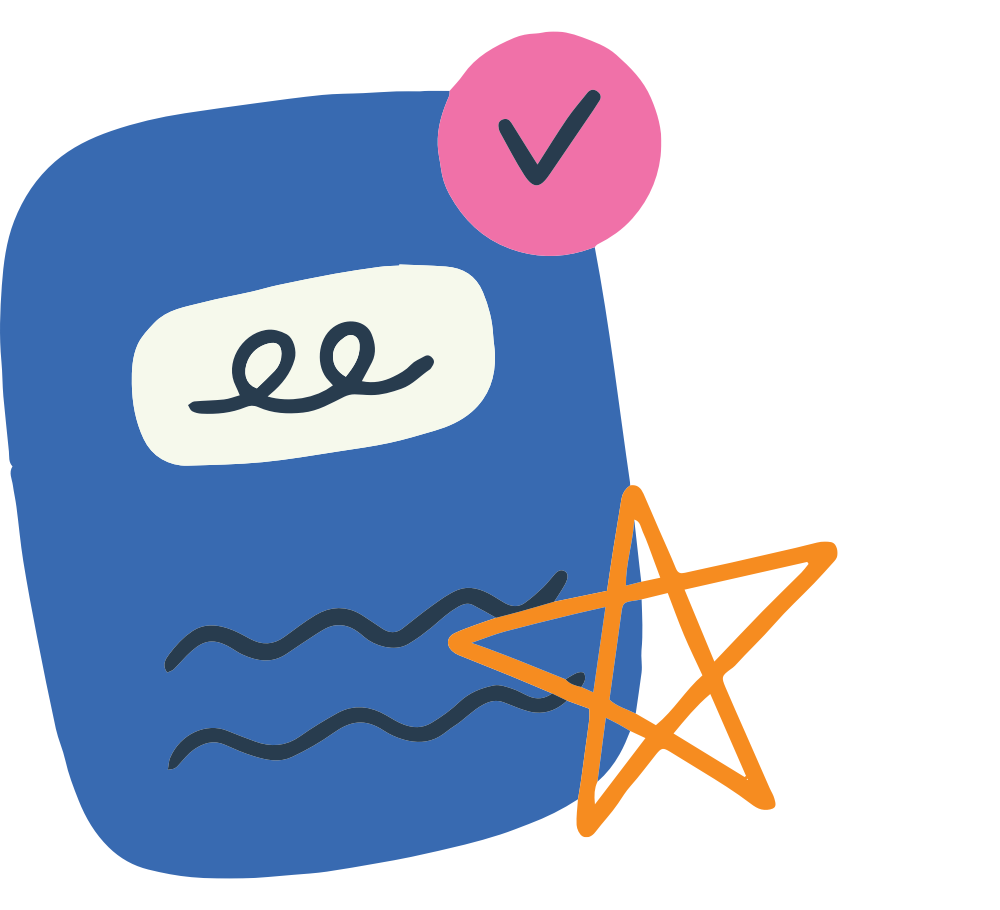
Teaching Activities
Hands-on, engaging teaching activities that give students opportunities to practice each health skill in realistic, relevant ways.
🔎 Healthy Habit Matching: Students match healthy habits (e.g., brushing teeth, talking to a friend, stretching) to elements of the B.E.S.T. model (Body, Environment, Self, and Social Ties).🔎 How I Take Care of Me Stations: Set up learning stations featuring different healthy habits (hydration, sleep, movement, asking for help). Students rotate through and reflect on which habits they already do and which they want to try.
🔎 When I Feel ___, I Can ___ Sorting Activity: Students are given emotion cards and action cards, and practice matching feelings (e.g., sad, tired, frustrated) to healthy responses (e.g., talk to a grown-up, drink water, take deep breaths).
-
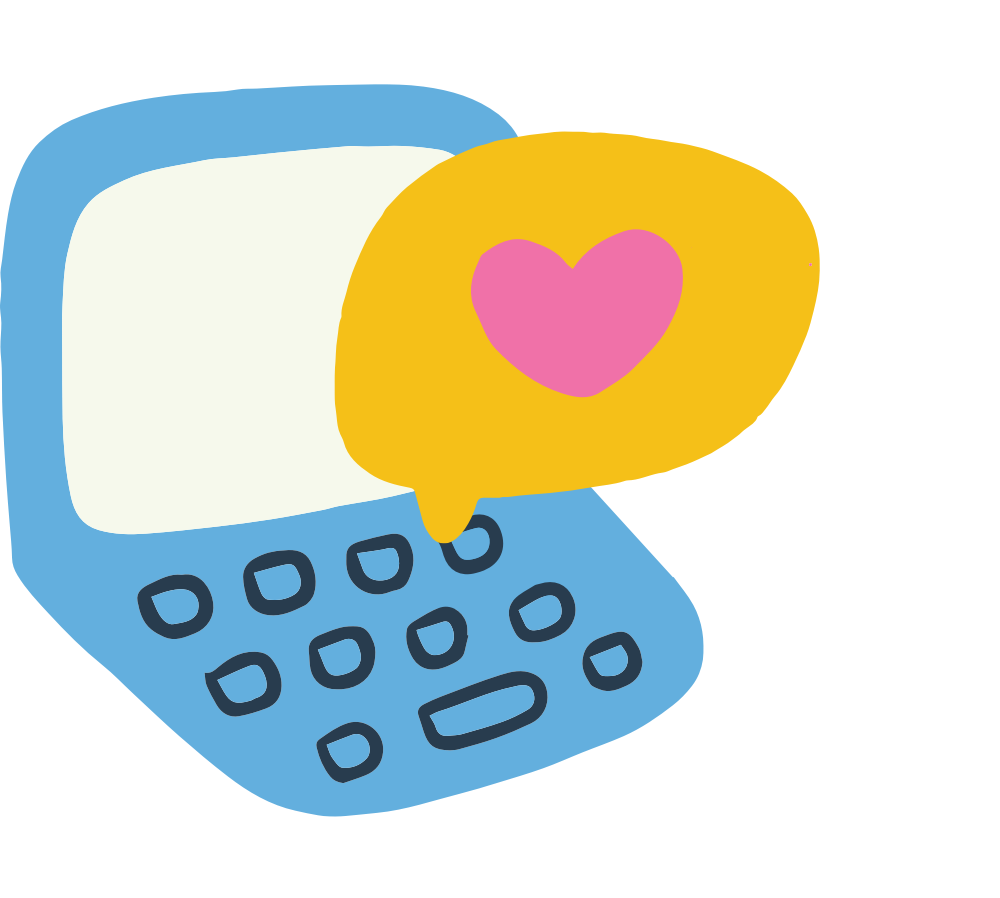
Assessment Ideas
Standards-based assessment measures students' health literacy and their ability to apply the health skills in a real-life scenario, demonstrating both their understanding of the health skill and their capacity to use it to manage their health.
📚 “Taking Care of Me” Booklet:
Students create a personalized health guide that shows how they take care of themselves in different areas of the B.E.S.T. model. Each page can focus on one element (Body, Environment, Self, Social Ties) and include drawings or short sentences about their healthy habits and strategies. This showcases their understanding of self-care and personal responsibility in a developmentally appropriate way.
-

Learning Objectives
Standards-aligned learning objectives focused on building health skill proficiency and strengthening students’ health literacy through real-world application.
✅ Students can explore and describe personal habits that support or harm their well-being.
✅ Students can use the “Pause, Reflect, Act” skill cue to manage their health.
✅ Students can recognize when they’re off track and take small, intentional steps to get back on course.
✅ Students can build personalized routines to support daily self-management (e.g., movement, nutrition, screen time, emotional regulation).
-

Teaching Activities
Hands-on, engaging teaching activities that give students opportunities to practice each health skill in realistic, relevant ways.
🔎 Habit Mapping: Students list their daily/weekly habits and categorize them as helpful, neutral, or harmful to their well-being. Then they reflect on which areas of the B.E.S.T. model are most supported or neglected.🔎 Skill Cue Matching: Introduce the Pause, Reflect, and Act skill cue. Students match each step with descriptions and actions that show understanding.
🔎 Pause, Reflect, and Act Walk: Set up scenario stations around the room. At each station, students read a scenario (e.g., feeling overwhelmed, dealing with friend drama), then write or discuss how they would use each step of the skill cue to respond.
-

Assessment Ideas
Standards-based assessment measures students' health literacy and their ability to apply the health skills in a real-life scenario, demonstrating both their understanding of the health skill and their capacity to use it to manage their health.
📚 Pause, Reflect, and Act Artifact: Students design a real-life self-check tool they could use when they feel overwhelmed, upset, or off track. This could be a reflection card, visual tracker, mini-booklet, mantra poster, or another creative format. The artifact must clearly walk through the Pause, Reflect, and Act skill cue and include personalized strategies the student would actually use. It should be functional, student-friendly, and rooted in real-world relevance.
-

Learning Objectives
Standards-aligned learning objectives focused on building health skill proficiency and strengthening students’ health literacy through real-world application.
✅ Students can independently assess their well-being and determine when they need to adjust their habits or routines.
✅ Students can use “Pause, Reflect, Act” to manage their well-being and integrate other skill cues (like accessing information, analyzing influences, or goal setting) during the reflection stage.
✅ Students can explain and demonstrate the specific practices and actions they need to care for themselves across multiple dimensions of health.
✅ Students can create sustainable self-management systems for navigating stress, managing time, supporting mental health, and maintaining physical well-being.
-

Teaching Activities
Hands-on, engaging teaching activities that give students opportunities to practice each health skill in realistic, relevant ways.
🔎 B.E.S.T. Self-Check Practice: Students do a full check-in using the B.E.S.T. model and identify which area needs the most attention. They reflect on how they’ve been supporting or neglecting that area and what small changes could help.
🔎 Reflect Cue Deep Dive: Students explore how other skill cues (e.g., PROVE It, SCAN, GROW) can support the “Reflect” step in self-management. They match common situations to skill cues that could help guide their thinking.
🔎 Routine Reset Planner: Students create or revise their weekly routine to support their well-being, using intentional time blocks, self-check prompts, and personal goals connected to their current needs and values.
-

Assessment Ideas
Standards-based assessment measures students' health literacy and their ability to apply the health skills in a real-life scenario, demonstrating both their understanding of the health skill and their capacity to use it to manage their health.
📚 Health Coaching:
Students analyze a scenario (from a written case, video, book, or real-life example) and take on the role of a health coach. Their task is to assess what’s going on, identify the area of well-being that’s out of balance, and recommend which health skill(s) could support the person’s self-management. Students should explain how the skill cue (e.g., SCAN, GROW, PROVE It, NOPE) could be used to “Reflect” and act in a way that supports well-being.
Teach SHAPE America’s Health Skills
Health Skills
Teaching Toolkit
The Project School Wellness Health Skills Toolkit is your all-inclusive resource for teaching the health skills outlined in the SHAPE America National Health Education Standards. With done-for-you lesson plans featuring signature health skill cues, health teachers can confidently teach each health skill. Every lesson includes a flexible one-page worksheet that can be taught with any health topic, making it easy to reinforce and apply health skills across your entire health curriculum. Simple, effective, and ready to use, this toolkit makes skills-based health education easier than ever.
Health Skills Lesson Plans
Self-Management Lesson Plans
-
Health Skills Toolkit
Intro to Health & Healthy Habits
ATOD: Building Healthy Habits
Healthy Habits for Making Friends
Healthy Habits for Expressing Emotions
Explore health skills videos
Youtube
Quick, easy-to-follow videos for health class that teach students the eight essential health skills and how to use Project School Wellness’s skill cues. Perfect for health teachers and students to build health literacy as they explore the health skill definitions, practical skill practices, and real-life applications.

Curated Health Skills Teaching Resources
Self-Management Teaching Resources
-
Health Skills Toolkit
Intro to Health & Healthy Habits
ATOD: Building Healthy Habits
Healthy Habits for Making Friends
Healthy Habits for Expressing Emotions
-
Lesson Planning for Skills-Based Health Education (Secondary) by Sarah Benes and Holly Alperin
Lesson Planning for Skills-Based Elementary Health Education by Holly Alperin and Sarah Benes
*These are affiliate links. Commissions may be earned at no extra cost to you :)
-
Coming Soon!
-
Coming Soon!
Meet Project School Wellness
Your Go-To Partner in Health Education!
At Project School Wellness, we are dedicated to making health education simple, effective, and life-changing.
As your one-stop health education hub, we offer ready-to-use health curriculum and resources for health teachers, expert guidance for parents navigating tough topics, and trusted insights for students building lifelong health skills. In the health classroom, at home, or learning on their own, we’re here to help students build the knowledge, skills, and confidence needed to live their healthiest, happiest lives.
